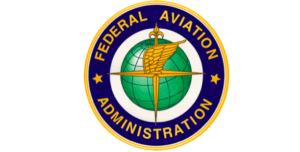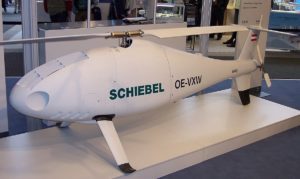 The FAA is seeking public comments on appropriate design standards for the FlightScan Corporation’s Camcopter S-100 – and whether or not you have anything to say on the subject, this is a very good thing for the drone industry.
The FAA is seeking public comments on appropriate design standards for the FlightScan Corporation’s Camcopter S-100 – and whether or not you have anything to say on the subject, this is a very good thing for the drone industry.
“For the first time, the Federal Aviation Administration (FAA) is seeking public comments on proposed airworthiness criteria for an unmanned aircraft system, more popularly known as a “drone”,” says the FAA announcement. “… The ultimate goal of this and other projects is to grant FAA airworthiness certification to fully functional, ready-to-operate unmanned aircraft. The S-100 is the first unmanned aircraft to have its certification basis published.”
That the FlightScan Corporation has reached this point is excellent news. FlightScan filed corporation papers in the state of Florida back in 2014, applied for FAA certification of their aircraft in 2015, and applied to the FCC for the right to test their application on discrete frequencies in April 2016. It’s taken nearly 2 years of working with the FAA for FlightScan to “develop airworthiness criteria that support safe integration of the S-100 into the National Airspace System,” says the FAA. But after the public comment period ends in December, the FAA will be able to move forward on approval.
 FlightScan’s application is the use of the Camcopter S-100, manufactured by Austrian-based Schiebel and integrated with FlightScan’s technology to survey power lines and infrastructure with aerial imagery. The Camcopter S-100 “is a vertical take-off drone that looks much like a traditional helicopter,” says the FAA. “It is powered by a liquid-cooled rotary engine and has a maximum take-off weight of 440 pounds including its payload.” It’s not a new aircraft, or a new test case – the aircraft is already heavily used in Europe and elsewhere, and the use of drones for power line work is common in other countries. It’s an efficient and valuable use case for industrial drones that could offer significant benefit to the country.
FlightScan’s application is the use of the Camcopter S-100, manufactured by Austrian-based Schiebel and integrated with FlightScan’s technology to survey power lines and infrastructure with aerial imagery. The Camcopter S-100 “is a vertical take-off drone that looks much like a traditional helicopter,” says the FAA. “It is powered by a liquid-cooled rotary engine and has a maximum take-off weight of 440 pounds including its payload.” It’s not a new aircraft, or a new test case – the aircraft is already heavily used in Europe and elsewhere, and the use of drones for power line work is common in other countries. It’s an efficient and valuable use case for industrial drones that could offer significant benefit to the country.
As FlightScan moves closer to receiving approval to fly a different type of aircraft in the U.S., other companies trying to do the same thing will benefit from their example – and the process may get smoother. It’s one more step towards drone integraion, and one more step towards opening the U.S. to the global drone industry.

Miriam McNabb is the Editor-in-Chief of DRONELIFE and CEO of JobForDrones, a professional drone services marketplace, and a fascinated observer of the emerging drone industry and the regulatory environment for drones. Miriam has penned over 3,000 articles focused on the commercial drone space and is an international speaker and recognized figure in the industry. Miriam has a degree from the University of Chicago and over 20 years of experience in high tech sales and marketing for new technologies.
For drone industry consulting or writing, Email Miriam.
TWITTER:@spaldingbarker
Subscribe to DroneLife here.







[…] (adsbygoogle = window.adsbygoogle || []).push({});Source link […]